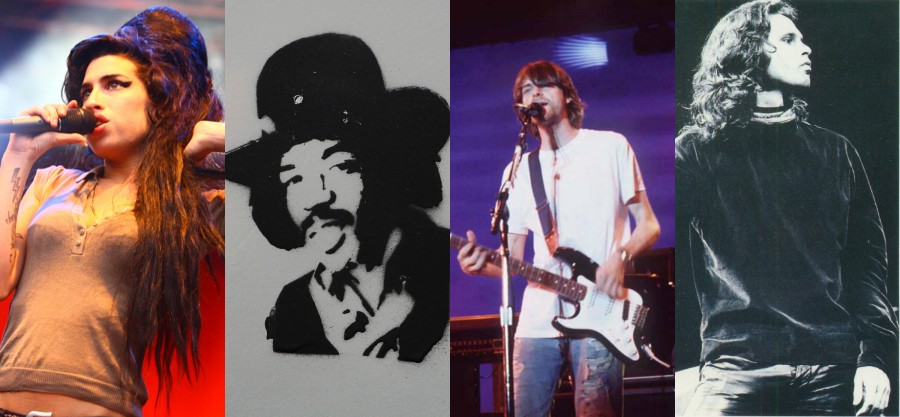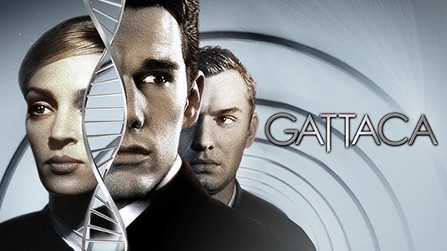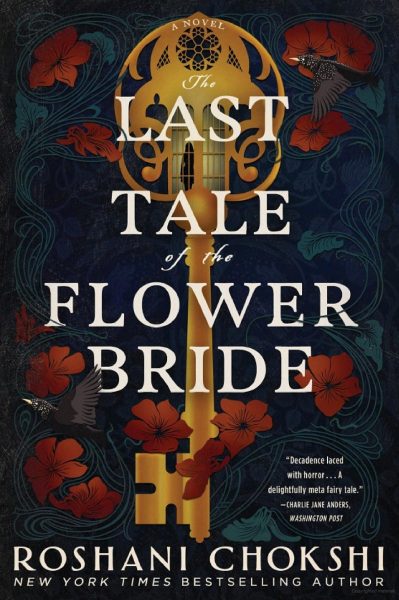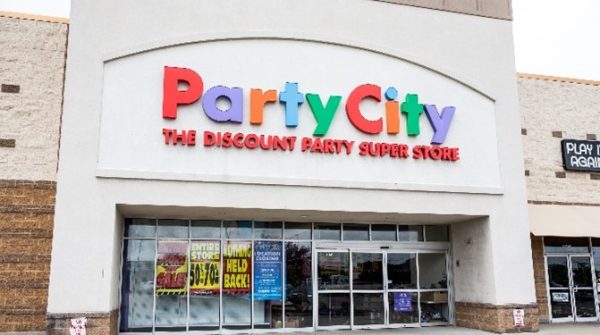The Truth Behind the 27 Club
Kurt Cobain. Jimi Hendrix. Janis Joplin. Amy Winehouse. Jim Morrison. What do all of these musical prodigies have in common? Death at the early age of 27.
Myths and conspiracy theories surround the famous “27 Club,” claiming that 27 is the most vulnerable age for musicians. But what draws the line between fact and fiction?
According to the author of a recent Australian study, while musicians do tend to lead shorter lives than their fans, the average age of death is much higher than 27.
Dianna Kenny studied 12,665 musicians across genres and across five decades in order to reach her conclusions. She found that the average male musician dies in his late 50s, compared to the age of 75 for men outside of the music industry. Female musicians tend to live longer, with average ages in the early sixties, compared to the age of 80 for the general female population.
The percentage of the general population that died of accidents, suicide, and homicide compared to the percentage of musicians that died of such causes was also striking.
Throughout the decades, around 5% of the general population dies every year from a multitude of accidents. An average of 18% of the music industry dies as a result of an accidents, with numbers as high as 25% in some decades.
The same trends are seen in suicides and homicides as well. The general public has annual averages of 2% and 1%, respectively, while musicians display averages of 5% for both. So what can be gleaned from the doubled, and in some cases tripled, rates of untimely deaths for those in the music industry?
The biggest thing it speaks to is their way of life. Robin Williams’s recent suicide (though he was much older than 27) showed the “vulnerable showmen” of today’s entertainment. With an ever-scrutinizing press and media, no artist is safe from attack. The pressures of this career, such as touring, song writing, and constant criticism, create the weak foundation for other kinds of influences musicians must face every day.
“The industry itself actually supports outrageous behavior. Drugs are very prevalent—young musicians often take uppers to perform and then party all night with alcohol and drugs,” Ms. Kenny said. Wild partying has become a keystone to the life of most popstars, which explains the many 27 Club deaths related to suicide or overdose accidents.
The risky choices of these musicians, however, may be more of a cause than an effect of their actions. Intense pressures by their peers and the industry are coupled with the failure of the industry to provide enough emotional support or guidance to vulnerable young people coming into the field, many of whom are from broken homes or have experienced some degree of emotional disruption.
While it is a relief to know that musicians’ deaths are not written in the stars for 27, it forces us to examine the kind of culture and entertainment industry America has created, in order to see if it is truly the best one for our future.







